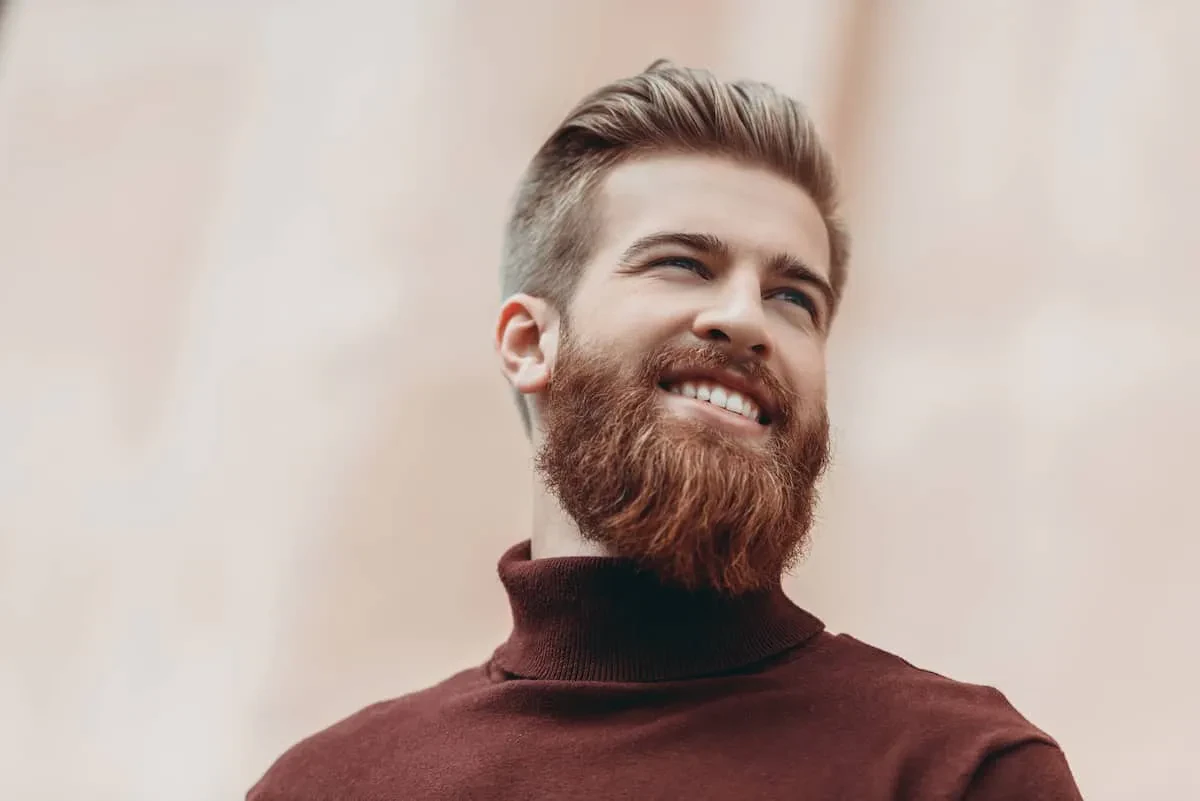Ever wondered about the history of beards? It’s a surprisingly fascinating journey, reflecting shifts in social status, cultural norms, and personal style throughout the ages. We’re talking thousands of years of facial fuzz – enough to make your head spin!

Way back when, in prehistoric times, beards were probably just… there. Practical, maybe, offering a bit of warmth against harsh weather. But even then, some evidence suggests early humans might have already started to style their beards in rudimentary ways – think of it as the original, very basic, beard grooming.
Ancient Civilizations and the Beard
Ancient civilizations held beards in high regard. In ancient Egypt, for example, beards were often symbols of power and divinity, sometimes even artificially enhanced with braids and adornments. Think pharaohs with seriously impressive facial hair. It wasn’t just about looks; beards represented authority and social standing.

Across the Mediterranean, things were a bit different. Ancient Greeks and Romans had complex attitudes towards beards. Sometimes, beards signified wisdom and philosophy; other times, they were associated with barbarians or uncivilized folk. It really depended on the time period and social circles.

The Middle Ages and Beyond
During the Middle Ages, beards experienced a bit of a resurgence, particularly among the nobility. Long, flowing beards became a mark of social standing, reflecting wealth and prestige. But clean-shaven faces also made an appearance, especially among religious orders.

Fast forward to the Renaissance and the Baroque periods, and you see a lot of variety. From neatly trimmed beards to full, flamboyant ones, styles varied based on fashion trends and individual preferences. Think of the portraits of kings and nobles – a real showcase of different beard styles.
The 18th and 19th Centuries: A Clean-Shaven Era?
The 18th and 19th centuries saw a significant shift. Clean-shaven faces became increasingly fashionable, especially among the upper classes. This trend was partially influenced by hygiene concerns and the rise of barbering as a profession. But even so, beards didn’t completely disappear. They made sporadic comebacks depending on societal shifts.

The 20th and 21st Centuries: A Beard Revival
The 20th century witnessed a fluctuating relationship with beards. World War I and II saw a rise in clean-shaven faces, but the latter half of the century saw a resurgence of beards, especially amongst counter-culture movements. Think of iconic figures like lumberjacks and bikers rocking impressive facial hair.
And today? Well, beards are more popular than ever! From meticulously groomed hipster beards to rugged, untamed styles, there’s a beard style for everyone. It’s a testament to the enduring appeal and versatility of facial hair.

Popular Beard Styles in 2024
- Short Boxed Beard
- Full Beard
- Goatee
- Van Dyke
- Balbo
- Circle Beard
- Anchor Beard
The history of beards is a tapestry woven with threads of social status, cultural trends, and individual expression. It’s a story that’s constantly evolving, reflecting the changing times and the enduring appeal of a well-groomed – or wildly untamed – beard.
